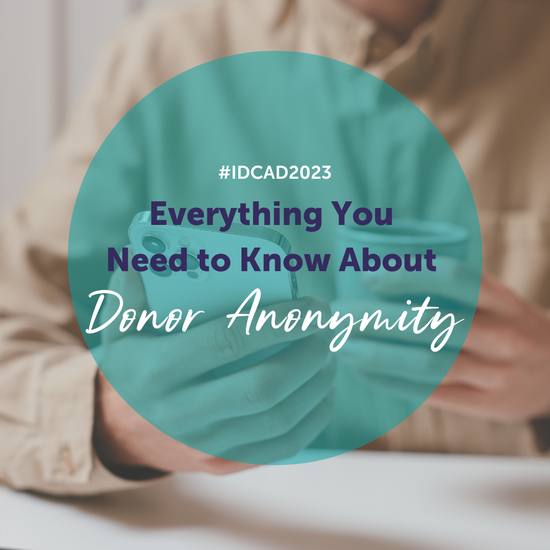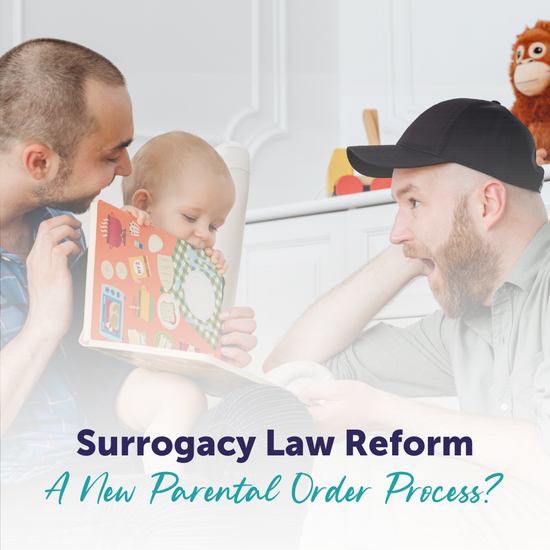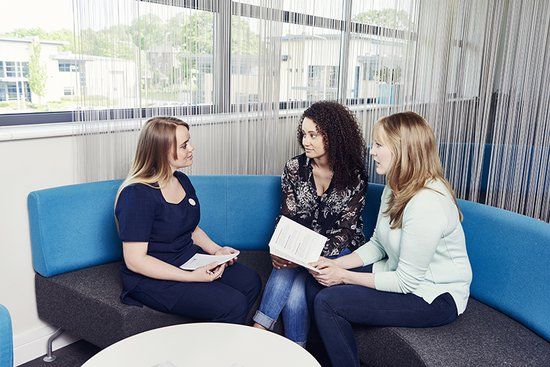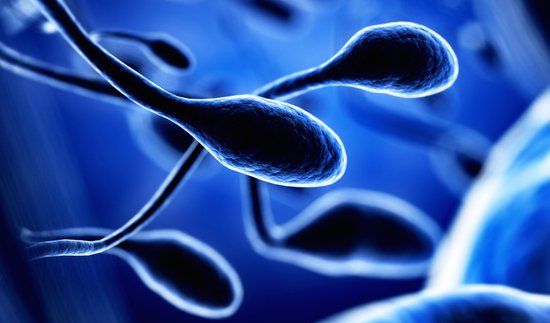Do you think a new IVF technique which could prevent a range of inherited diseases should be allowed?
The HFEA has launched a public consultation about a controversial new method which stops mitochondrial disease from being passed onto babies from their mothers.
Mitochondrial disease is incurable and causes a range of conditions including fatal heart problems and brain disorders. The disease – which can only be inherited from the mother - is caused by faulty mitochondrial DNA. Mitochondria is found in every cell in the body and provides the energy cells need to function.
The new, so-called ‘3-parent’ technique involves replacing the faulty mitochondrial DNA within the mother’s egg, with that of a donor. The mitochondrial DHA of the donor would only make up a very tiny percentage of genes in the resulting embryo. It would have the genes of both parents, but the mitochondrial DNA of the donor, ensuring no faulty DNA is passed down from the mother to the child.
There are different ways to do this, including swapping DNA between the fertilised egg of the mother and that of the donor, either before or after fertilisation. The technique means that the disease would no longer be passed on to any babies born from an affected mother, and would also prevent future generations from developing the disease.
Although the new technique is not yet ready to be used clinically in patients and is only at research stage, the HFEA was instructed by the UK Government to see what the public thinks about it.
If this new technique is approved, current HFEA regulations will be amended to allow mitochondrial transfer techniques to be used.
Currently the only technique approved for use to prevent passing on serious inherited diseases, such as mitochondrial disease, is preimplantation genetic diagnosis (PGD), but this only screens embryos and does not alter the DNA.
If you’re interested in taking part in the consultation, which runs until December this year, you can visit www.hfea.gov.uk. Questions you’ll be asked to consider will including things like how a child born from this technique should be told about its origins, what the donor’s rights are (the woman donating the non-faulty DNA), and how a child may feel about its identity.
Last updated: 20th January 2020







